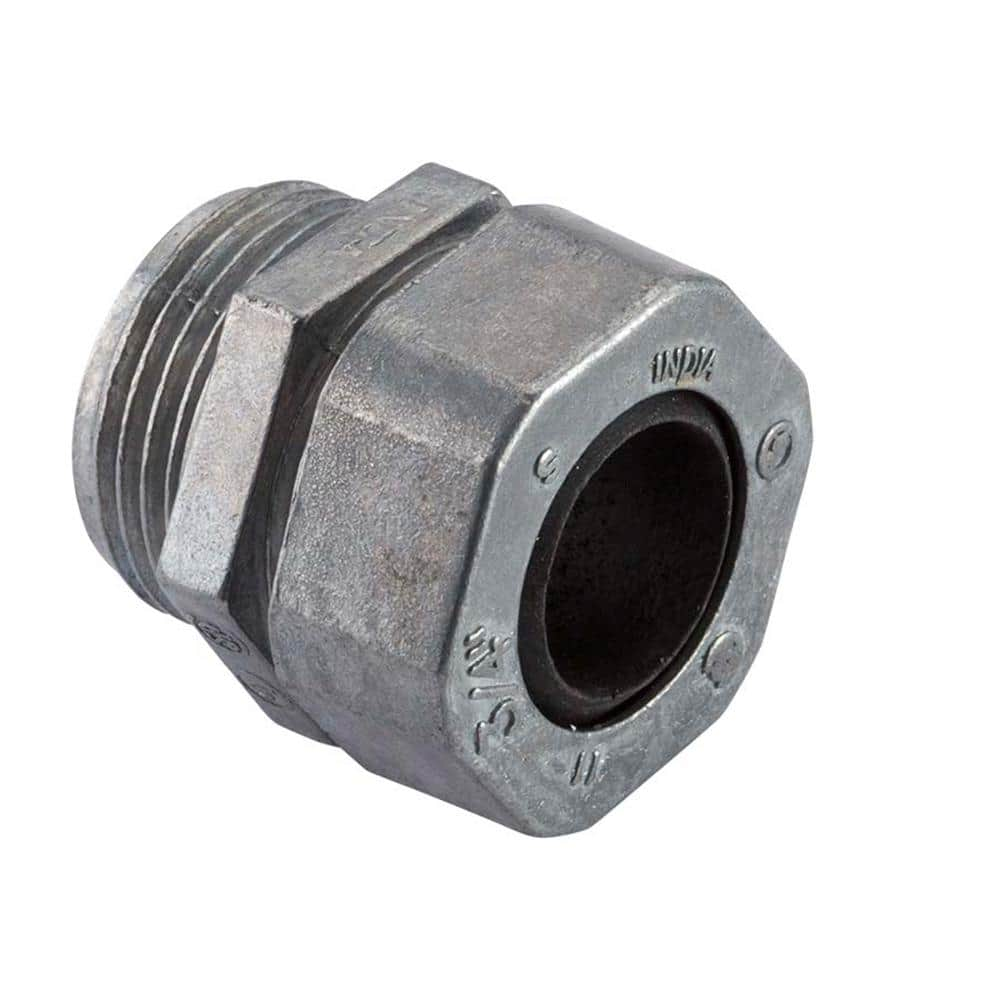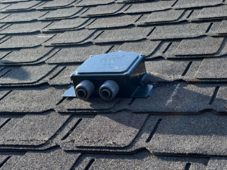inowhavesolar
New Member
- Joined
- Jun 15, 2022
- Messages
- 19
I found 'EZ Solar JB Rooftop PV Junction Box' on Amazon, from a YT recommendation. $60. This can't be the only solution? What are some other options when needing to transition from roof into attic space?





